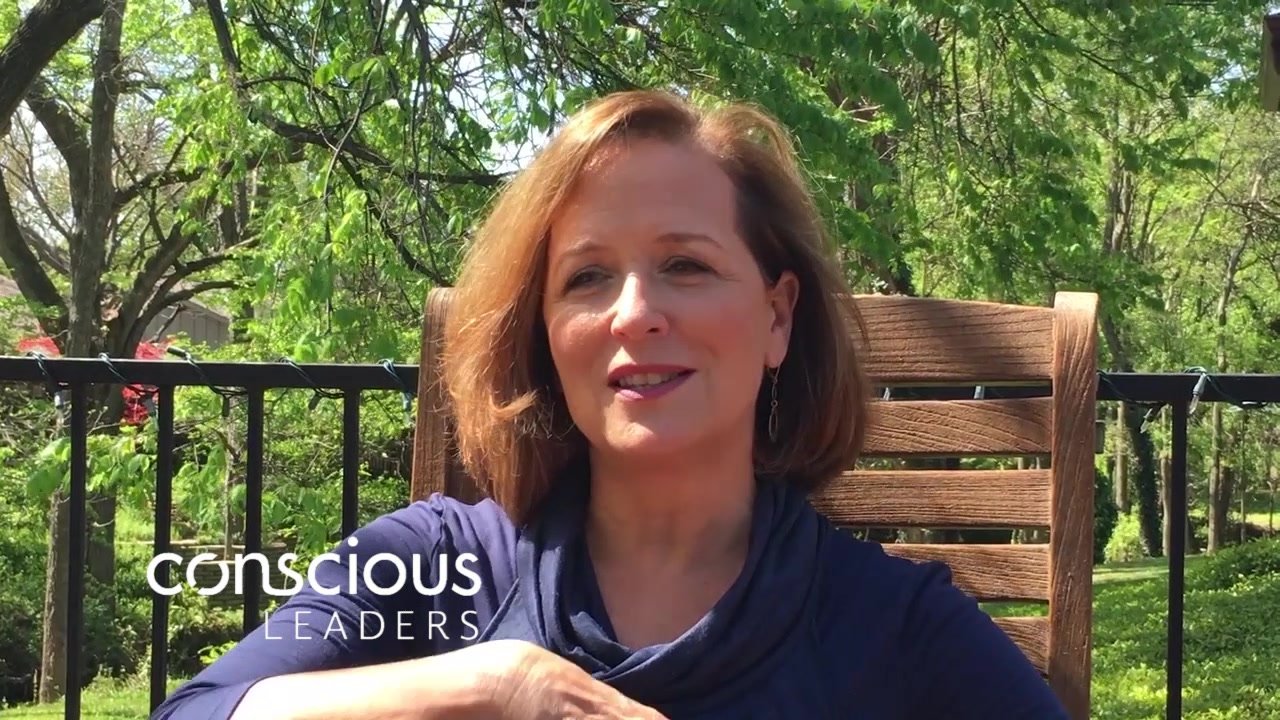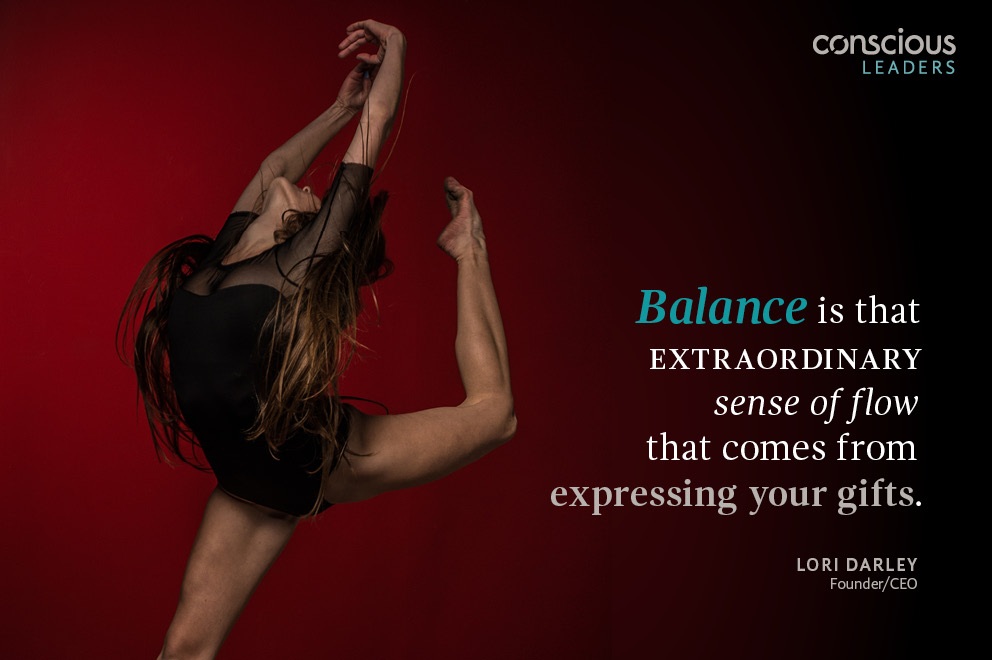Making an Authentic Shift in Your Leadership Approach
This article originally appeared in Forbes.
Co-authored with Agata Antonow
In a glass office building downtown, there’s another business meeting at the newest startup. Although the company is less than a year old—barely enough to launch their first three apps—the employees know the drill by now. The company founder comes in, all enthusiasm and glow, talking about the latest leadership book he’s read.
“We have an important opportunity here to change our leadership. I’m implementing four changes in how we interact and I think we’re going to see great things.” George beams as he looks around at his team, sure this latest maneuver will improve productivity, boost sales, help company morale, and all-around change the strategy of the company.
George is only half right.
Leadership approach changes can have that kind of impact—but only if they’re authentic shifts. Simply trying out different ways of being an executive for the sake of trying every new trend can be a little like changing up your lunch menu once a week. It can be fun, but it’s not going to impact your overall health.
What George is looking for is an authentic shift in leadership. What is an authentic shift exactly? Oh, nothing much. For an executive, it means implementing changes that align with the core purpose and vision of a company to intentionally create transitions at the fundamental levels of an organization. And, if that’s not enough, authentic shifts also create meaningful and positive change across all levels of the team. No big deal, right?
That can look downright terrifying on a to-do list, but the good news is that authentic transitions happen naturally once you commit to them. As you start working on a few small authentic changes in your leadership approach, the ripple effect of your choices will touch all areas of your group, sparking more shifts and changes. Pretty soon, you’re on a whole new path of opportunity.
How can you get started? Seeking an authentic shift in leadership approaches can begin with three basic elements:
1) Observing the flow of thoughts.
The internal conversations entrepreneurs have are the core of authentic transitions in leadership approaches. An executive who looks at a record sales low and asks “What can we learn from this?” will implement vastly different processes than the CEO who looks at the same numbers and thinks “Why did this happen? The sales department isn’t doing its job!”
The problem is that our flow of thoughts rush by quickly and we’ve become attuned to blocking most of them out. As leaders, we need to tap into this personal source of data. Capturing and noticing our thoughts and reactions is the first step.
Once we step back and allow our ideas to surface, we begin to appreciate that we are separate from our thoughts. These are stories we’re telling ourselves and they may not be rooted in reality. Before George reacts to the latest sales figures, he needs to recognize he is not his sales numbers—or his thoughts about them.
Of course, it’s not easy. It’s difficult not to react personally. But that’s why CEO offices have doors. Close the door, brace yourself for the news and recognize you’re going to take it personally. When sanity returns, though, remind yourself it’s not personal. It’s just a story.
2) Consciously choosing our flow of thoughts.
Once there’s a realization that our minds are always buzzing around, talking and reacting, we can get back in the driver’s seat. Once George accepts he’s worried about his leadership style, and his internal conversation is projecting all kinds of insecurities that he’s allowing free reign, he can wrestle that gremlin, take back control, and shift back from a place of reaction.
There are really two types of thoughts: intentional and automatic. Automatic thoughts are the ones formed of assumptions, past experiences, and learned behaviors. Intentional thoughts, however, put us in the role of creator. An executive engaged in intentional thought is playing an active role in formulating the kind of thinking that creates a space for action.
For instance, a CEO who observes himself thinking some employees are “wrong” can choose to start thinking “If this employee were more effective, what would it look like?” Every time the CEO notices herself thinking the word “wrong” she can choose to get curious, precipitating the possibility of action. In fact, the creative process has already begun with this conscious creation of thought!
3) Step outside to start supporting conversational spaces.
The first shifts any leader makes are internal. However, once there is a shift in internal dynamic, it’s important to support a parallel shift in relationships with others. Once George starts thinking he is enough as a leader and creates a new thought about putting employees first, his relationship with his team will change.
In making shifts with others—within an organization, with our employees and clients—it’s important to recognize that there are two conversational spaces happening. There’s the conversation I am having inside my mind and the one you are having inside yours. Between us, we can create a conversational space where we can communicate. To do that, we have to be aware of our own thoughts and respect the internal conversations others are having—even if their ideas are dramatically different than ours. Once we create a space where both our ideas intersect, we create the possibility for innovation, collaboration, and true teamwork. An authentic shift has been realized.
"Once we create a space where both our ideas intersect, we create the possibility for innovation, collaboration, and true teamwork."
The actual process may feel a little stilted at first. Trying to consciously think new thoughts to replace what we feel is innately “our” thinking can feel fake or strange. It’s a matter of faking it until we make it.
How will you know when you’re in the midst of an authentic shift? Four basic things change:
- Your vision. You start to actually see things differently. People become more open, perhaps more generous. Maybe even more polite on the highway.
- Your tension levels. When you think of your thoughts as part of you or as defining you, stress is a pretty typical reaction. Any thought that pops into your mind can feel urgent. When we get curious and give ourselves the opportunity to watch our thoughts like a movie reel—with no judgment—we feel less pressure to act on those thoughts or react, meaning less stress.
- Your voice. You consistently begin to say what you mean and mean what you say because you realize there's nothing left to protect. Not only that, but you also only speak from your direct experience. You no longer feel the need to tell other people what they have experienced or rob them of their own self-expression in that way.
- Your external reality. You start getting the results you want rather than complain about results you don't want.
How about you? Are you experiencing shifts? Authentic transitions? What thoughts are running through your mind right now, potentially keeping you from making the transitions you need to make? How would an inside-out change in leadership approaches impact your business relationships, your organization, and your life?



